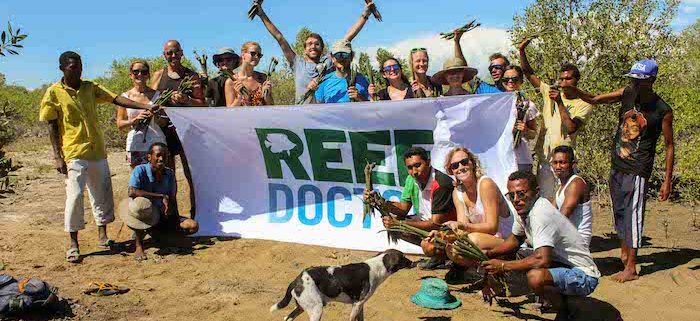World Wetlands Day 2018
Last Friday (2nd Feb) was World Wetlands Day, a special day to celebrate these special ecosystems that are so vital to our planet and to contribute to their conservation!
Wetlands of International Importance are protected by a convention, known as the Ramsar Convention. This is an intergovernmental treaty that provides the framework for national action and international cooperation for the conservation and wise use of wetlands and their resources (Source: Ramsar.org). The Convention counts 169 Contracting Parties and 2,293 wetlands are listed as Ramsar Sites. Madagascar has been part of the Convention since 1998 with two Ramsar Sites initially, amongst which, the National Park of Tsimanampesotse, located in the Province of Toliara. Over the last 20 years, another 18 wetlands have been added to the Ramsar List, making a total of 20 Ramsar Sites in Madagascar today, covering an area of 2,094,911 hectares. Last year was particularly active, with the addition of 10 new wetlands to the list.
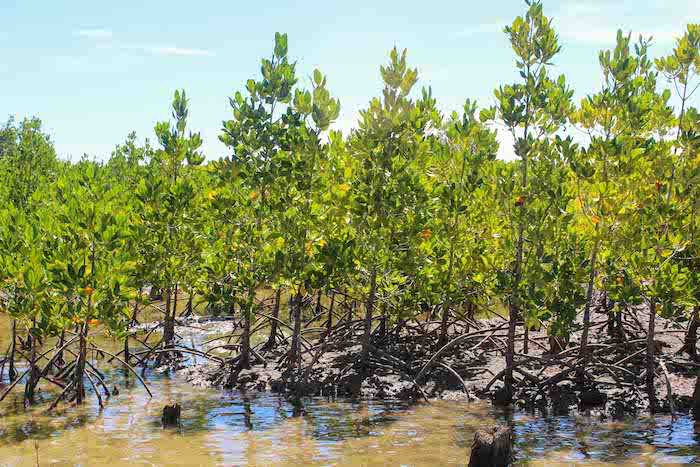
The wetland of Belalanda, in the district of Toliara, where we work, offers many natural resources on which the local communities depend. This wetland is composed of mangroves and reeds, and covers a surface of approximately 400 hectares. It spreads across five villages: Belalanda, Belitsaky, Tanambao, Ambondrolava and Ambotsibotsiky. Since 2008, the Honko NGO worked working towards the preservation of this wetland, and since early 2017, following incorporation into Reef Doctor, this work continues as part of Reef Doctor Honko Project.
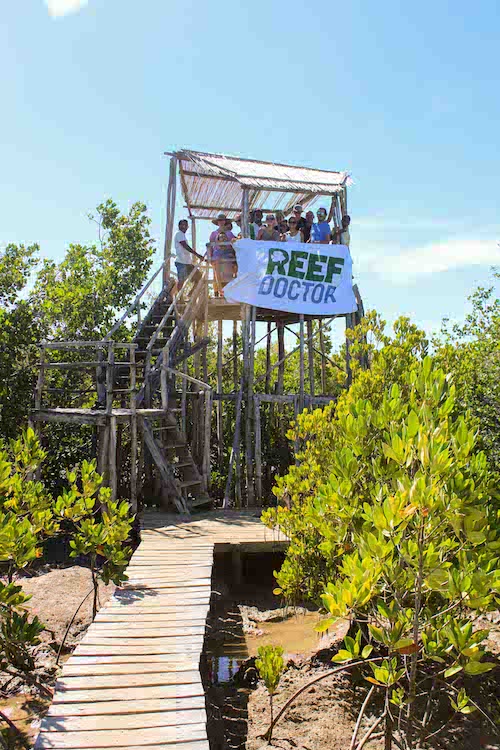
Mangroves are a unique forest ecosystem for several reasons related to the relatively hostile environment in which they develop. They grow on a muddy, unstable, anaerobic (low in oxygen), and high salinity soil. The trees have therefore developed anatomical and physiological characteristics to survive these constraints: respiration through aerial roots, recovery of nutrients despite low oxygen levels, adaptation to the soil by a special fixation system of the roots, reproduction by viviparity (specific germination mode on the parent tree) and a wide variety of techniques to get remove salt.
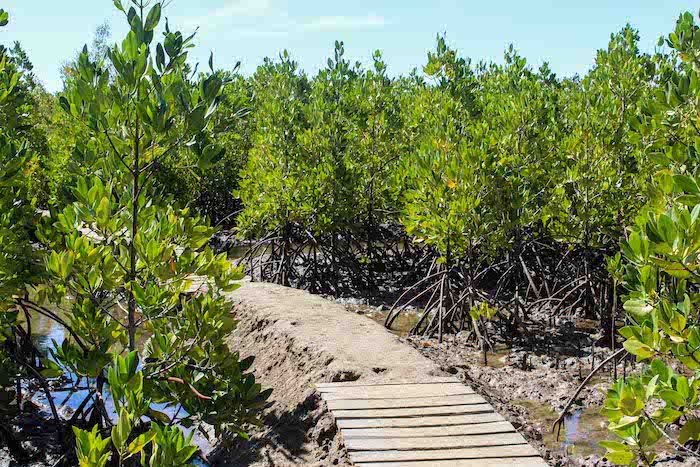
As mentioned, mangroves are a vital coastal ecosystem that play a considerable number of important ecological, sociological and economic roles. Mangroves are home to many species of fish and shellfish, and shelter a unique biodiversity. 75% of all tropical fish species traded in the world live part of their lives in the mangrove. It serves as a spawning ground, incubator, nursery, refuge against predators and feeding ground for these fish and shellfish. In addition, mangroves act as a natural barrier against submersion and coastal erosion. Sediments accumulate in mangroves, reducing turbidity in Ranobe Bay and allowing the development of coral reefs. Finally, mangroves are amongst the most efficient forests to trap some of the excess atmospheric carbon and therefore help regulate the climate.
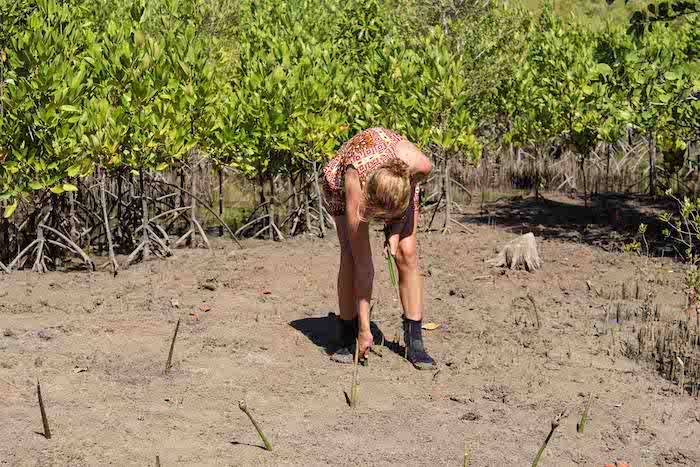
As a marine conservation NGO, we are very aware of the close association between mangroves, seagrass beds and coral reefs, and work towards stabilizing and restoring all of these components to ensure the stability and survival of marine ecosystems in the region.
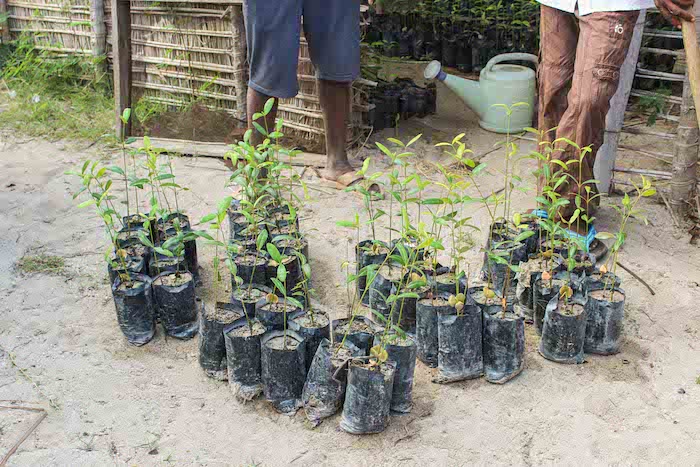
Our team at the Reef Doctor Honko site works continuously to improve the management of the mangrove area and its restoration. To evaluate the success of conservation efforts, it is crucial to implement long term monitoring. We also try to keep our fauna inventory up to date and have mapped the mangrove area with the help of our volunteers. Last June, we told you about a big planting event on the Tsingoritelo sand spit with the aim to stabilize the dune, as its progression is threatening the mangrove. Since 2015, a temporary fishing reserve in the mangrove of Ambondrolava was established thanks to the financing of the LUSH Foundation. The system was organized into two rotating reserves in the mangrove channel, so there would always be a protected area.
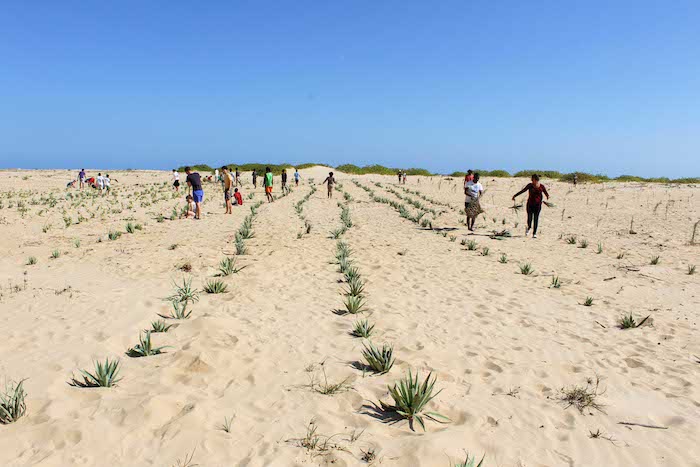
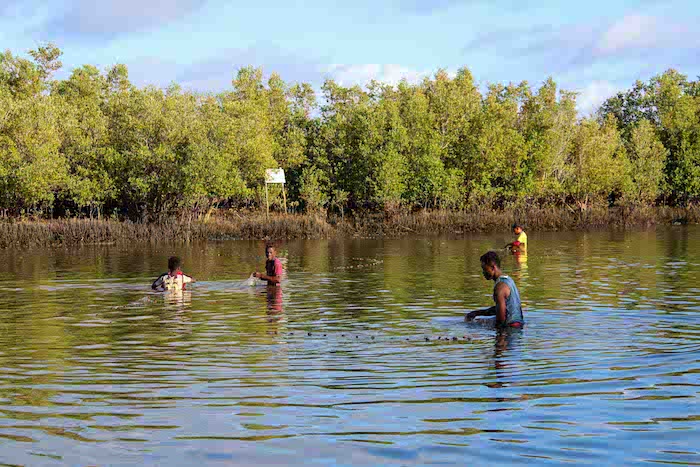
Mangrove reforestation is essential for mangrove restoration. Since the creation of Honko in 2008, around 40 hectares of mangroves have been planted. Since the beginning of 2017, following incorporation into Reef Doctor, planting activity has been intensified with 14 hectares and 170,000 propagules being planted by more than 600 members of the local communities and Reef Doctor’s volunteers, interns and staff in the mangrove of Belalanda.
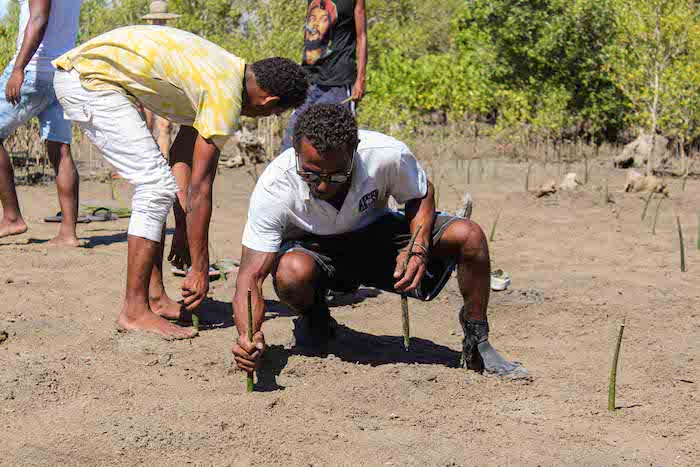
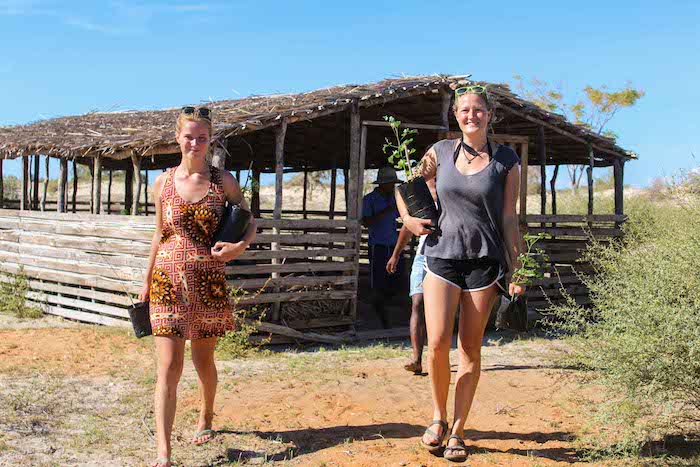
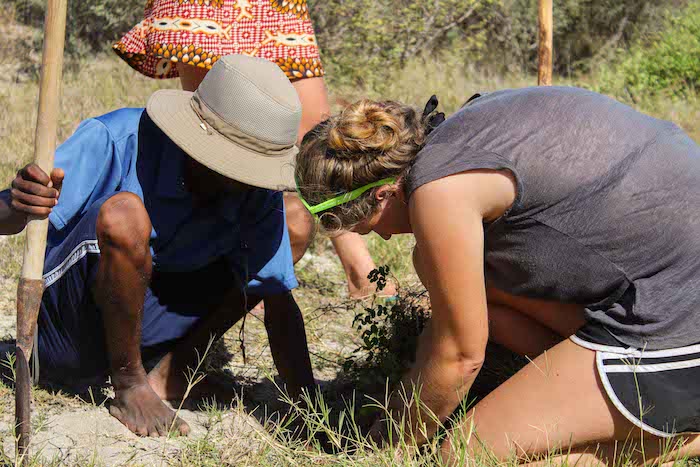
To celebrate this year’s World Wetlands Day, we decided to organize another planting event at our Honko site in Ambondrolava to help restore the mangroves there. All volunteers, interns and staff joined in and planted more than 400 propagules of red mangrove, Rhizophora mucronata, as well as a few Moringa trees. It was a nice day for everyone and allowed some new volunteers to discover Honko and learn more about mangroves, thanks to the knowledgeable local guides. Well done and thanks to everyone!
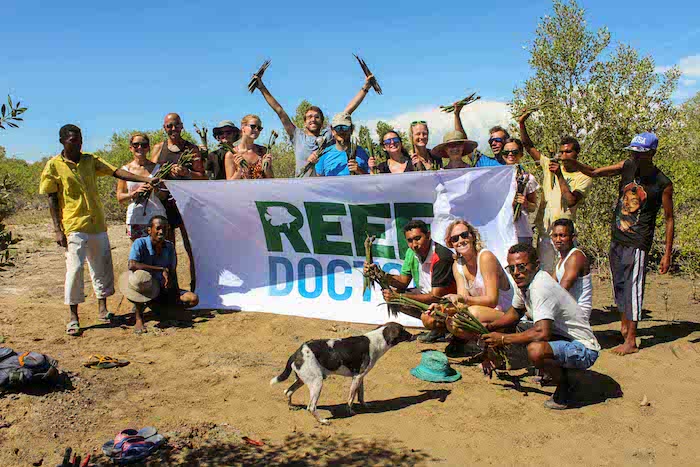
Blog by RD Comms Officer Karin Moehler
Photo credit: Karin Moehler & Margot Chapon

